From the back-pages of the AES Journal in 1965:
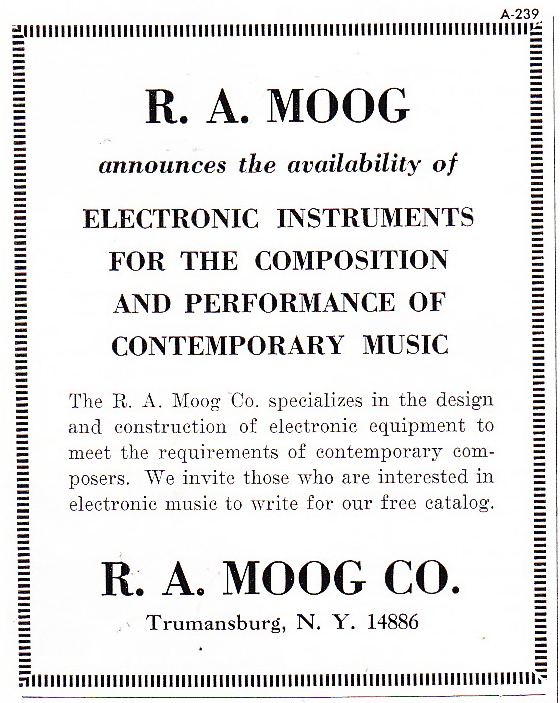 Moog is a legendary name in the world of music. As far as manufacturers/innovators of musical/audio equipment go, Robert Moog is a close to a household name as anyone I can think of. The original Moog Modular Synthesizer, as used in early ‘hit’ electronic records such as Carlos’ “Switched on Bach,” was the earliest commercially-available integrated audio synthesizer instrument.
Moog is a legendary name in the world of music. As far as manufacturers/innovators of musical/audio equipment go, Robert Moog is a close to a household name as anyone I can think of. The original Moog Modular Synthesizer, as used in early ‘hit’ electronic records such as Carlos’ “Switched on Bach,” was the earliest commercially-available integrated audio synthesizer instrument.
But as much as Moog was indeed an innovator and a massive contributor to the world of music and audio, widespread acceptance of his (and others – Buchla, EMS, etc) synthesizer systems actually marked the demise of a much earlier tradition of electronic music practice. Because the Moog Modular, complex and inscrutable as it now seems, was in fact a massive simplification and streamlining of the earlier academic/institutional ad-hoc electronic music studio. Today we will start (what I intend to be) a series of investigations into the technology of early studios used by electronic pioneers such as Varese, Stockhausen, and Luening.
I am slowly-but-surely accumulating some of the original circa 1960 equipment similar to that which pre-Moog electronic music was created with, and I hope to attempt some of this early practice myself.
***********
*******
***
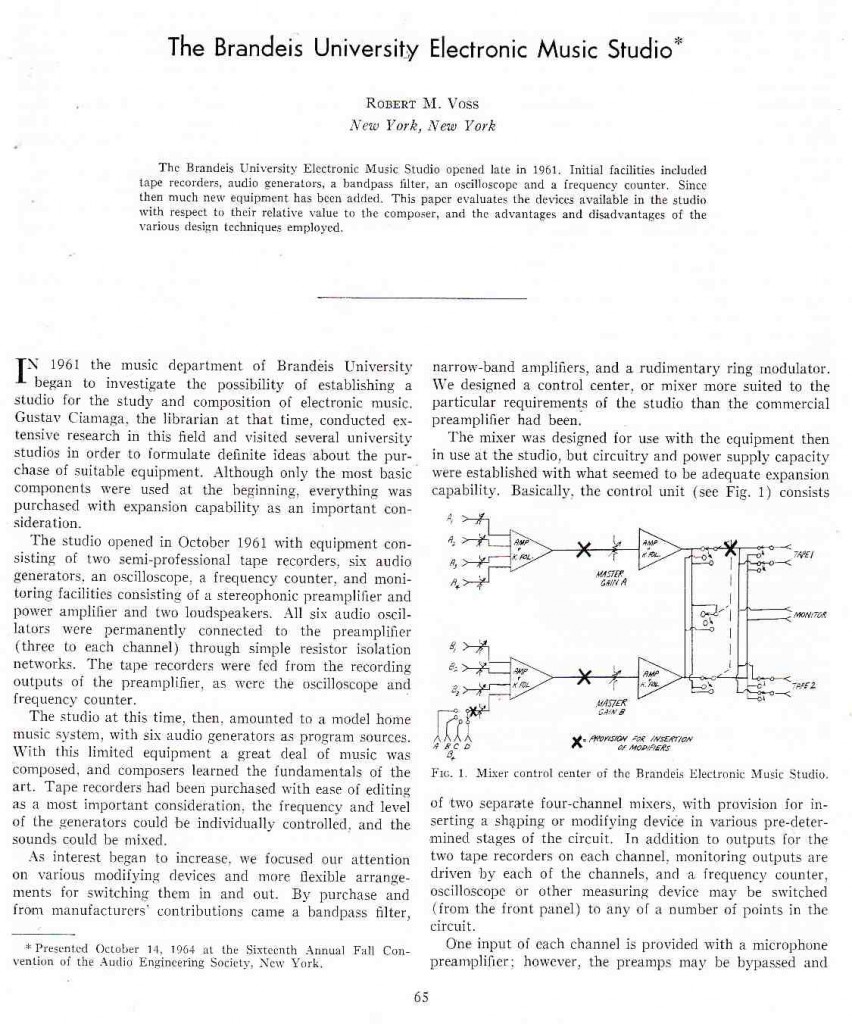
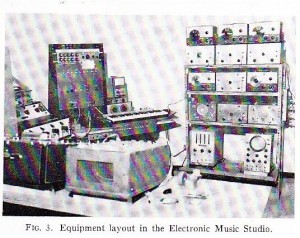 This article, from the same 1965 issue of the AES journal which heralded the arrival of ‘The Moog,” details a basic ad-hoc electronic studio of the era. Read through it. The basic components that Robert Moog integrated into his ‘modular instrument’ are all present in the Brandeis studio, minus the keyboard: oscillators, a mixer, a filter, a noise generator, a ring modulator, a spring reverb unit. And, of course, several tape-recorders to allow the various sounds to be layered and combined in order to meet the composer’s intent. In order to understand just how much effort was necessary to create even these basic conditions for composing, consider this: the (very simple) mixer had to be custom-designed and built by an engineering firm.
This article, from the same 1965 issue of the AES journal which heralded the arrival of ‘The Moog,” details a basic ad-hoc electronic studio of the era. Read through it. The basic components that Robert Moog integrated into his ‘modular instrument’ are all present in the Brandeis studio, minus the keyboard: oscillators, a mixer, a filter, a noise generator, a ring modulator, a spring reverb unit. And, of course, several tape-recorders to allow the various sounds to be layered and combined in order to meet the composer’s intent. In order to understand just how much effort was necessary to create even these basic conditions for composing, consider this: the (very simple) mixer had to be custom-designed and built by an engineering firm.
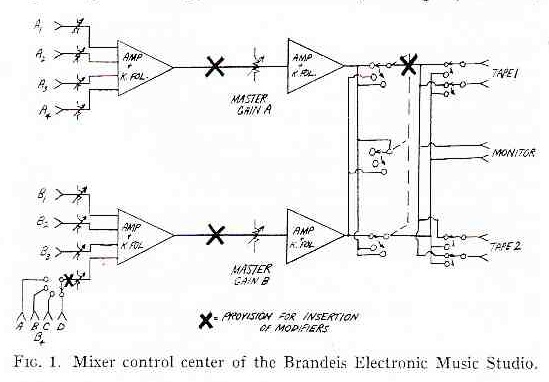 And the studio-staff themselves designed and built the white-noise generator that the set-up used.
And the studio-staff themselves designed and built the white-noise generator that the set-up used.
*******
***
Columbia University had a similar, but much more sophisticated studio at the time. They began the construction of their set-up in 1952, nine years before Brandeis did the same.
Here the Columbia/Princeton studio is profiled in the June 1965 issue of ‘Radio Electronics,’ the same year that the AES covered Brandeis.
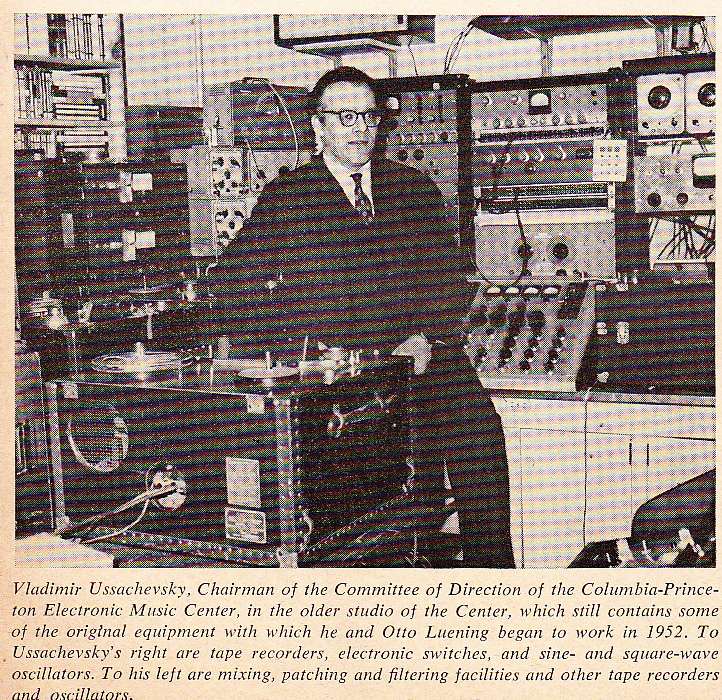
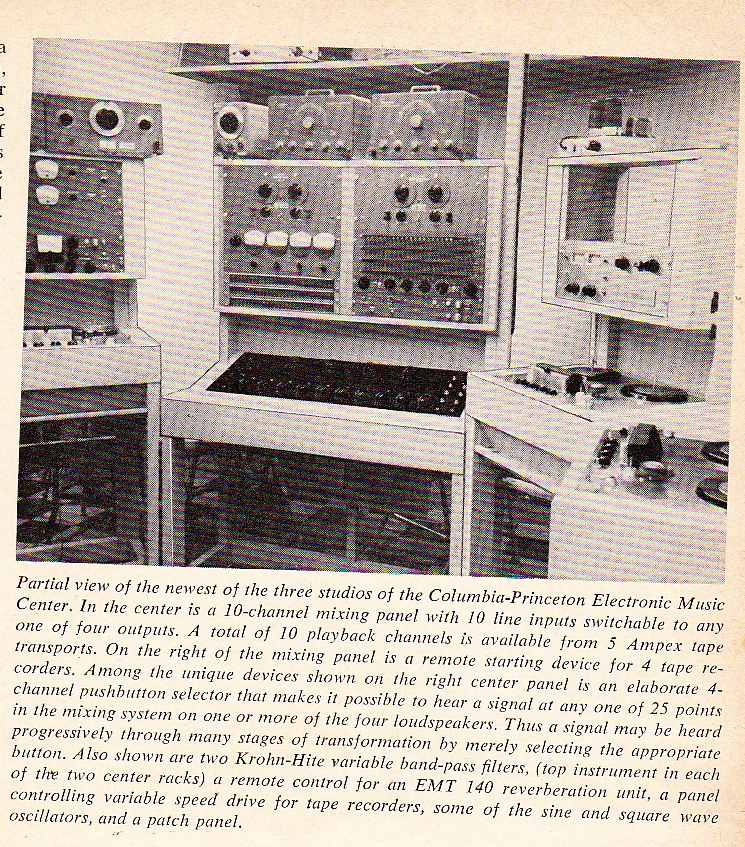 You can here some of the music that Otto Luening made on this rig (presumably) at the youtube link earlier in my article. I find it to be very beautiful; it is in many ways the most basic type of music: I think we experience it directly as ‘Organized Noise,’ as free-as-possible from cliche and expectation. Just my $.02.
You can here some of the music that Otto Luening made on this rig (presumably) at the youtube link earlier in my article. I find it to be very beautiful; it is in many ways the most basic type of music: I think we experience it directly as ‘Organized Noise,’ as free-as-possible from cliche and expectation. Just my $.02.
***********
*******
***
As I had mentioned earlier, Moog’s real innovation was to take all of the disparate components of electronic sound-generation – the oscillators, mixer, filters, noise generator, ring modulator, a spring reverb – and combine them into little panels that fit a single chassis, with a conventional piano-type keyboard as the primary input-control device.
But where did our pre-Moog pioneers source their hardware? As the c. 1965 coverage indicates, Brandeis and Columbia had some of it custom built; some was built by the staff; and some originated as non-musical laboratory equipment.
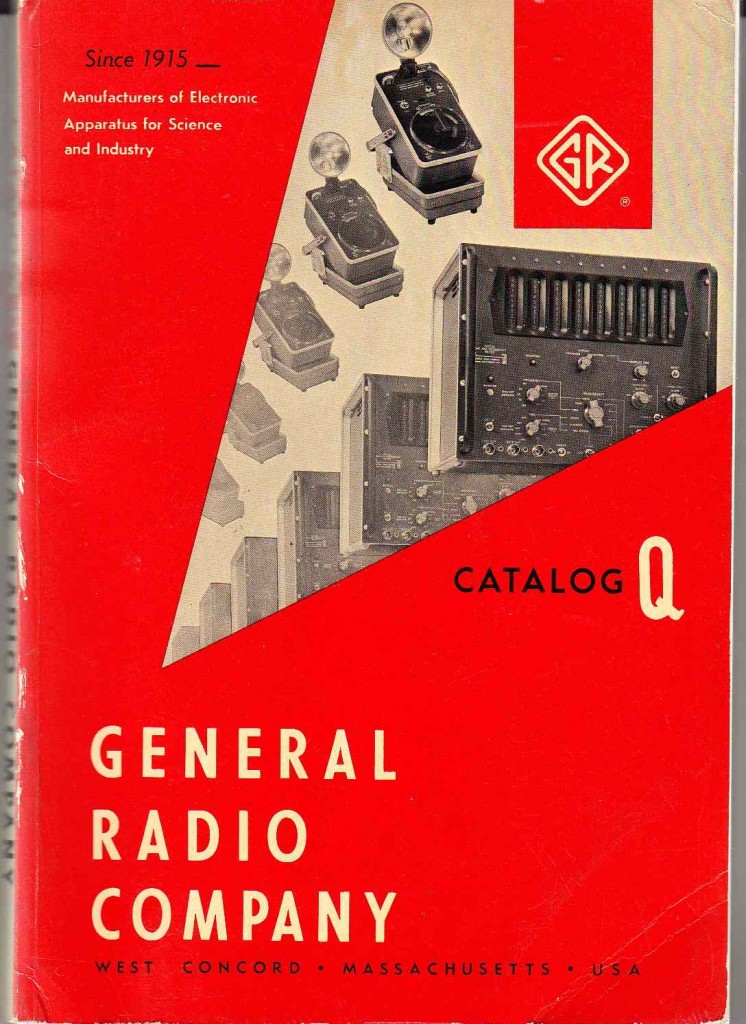 General Radio was perhaps the pre-eminent manufacturer of electronic test equipment in the 1950s and 1960s. I have owned some of their pieces, and the build-quality is absolutely incredible.
General Radio was perhaps the pre-eminent manufacturer of electronic test equipment in the 1950s and 1960s. I have owned some of their pieces, and the build-quality is absolutely incredible.
This type of hardware is fairly easily obtained nowadways for very little money – i generally pay $5 – $20 for a unit – and usually it still works. Sometimes it is hard to resist the temptation to chop up these pieces in order to use the valuable transformers for other projects, but I have saved a few of the better pieces in the hopes of getting my own super-primitive Electronic Composing Studio together.
*******
***
Anyone out there ever made music on a pre-Moog system?
Anyone attend the Brandeis or Columbia programs in the early 1960’s? Drop a line and let know about it.
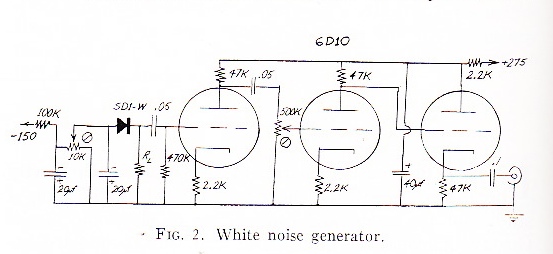
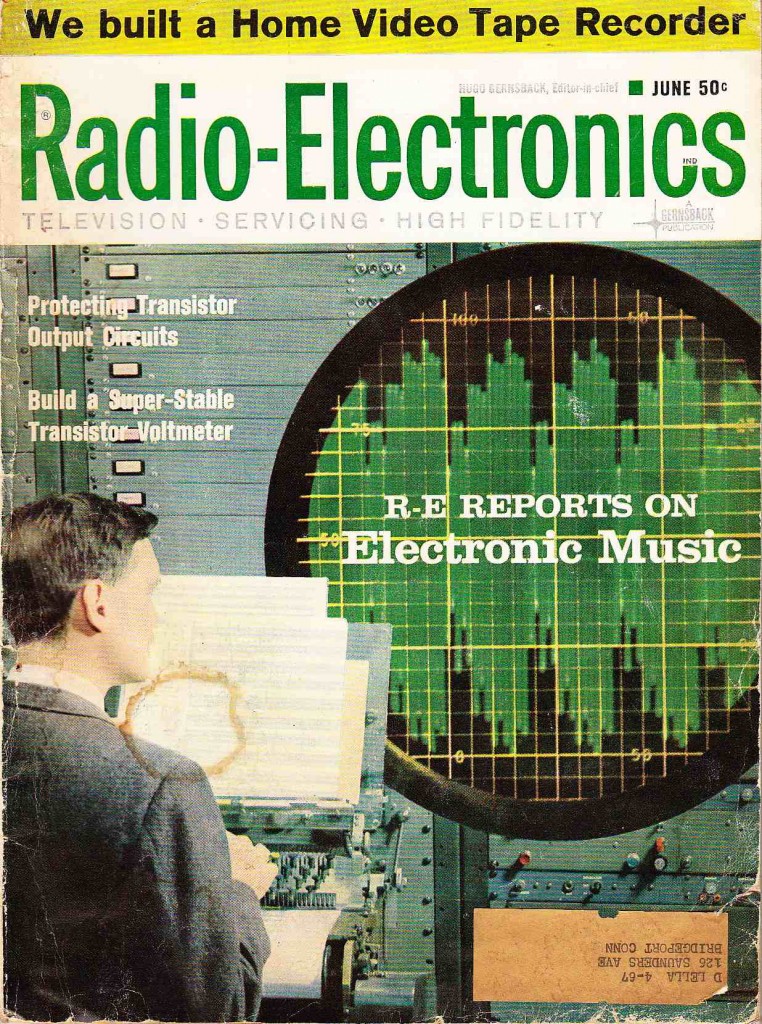
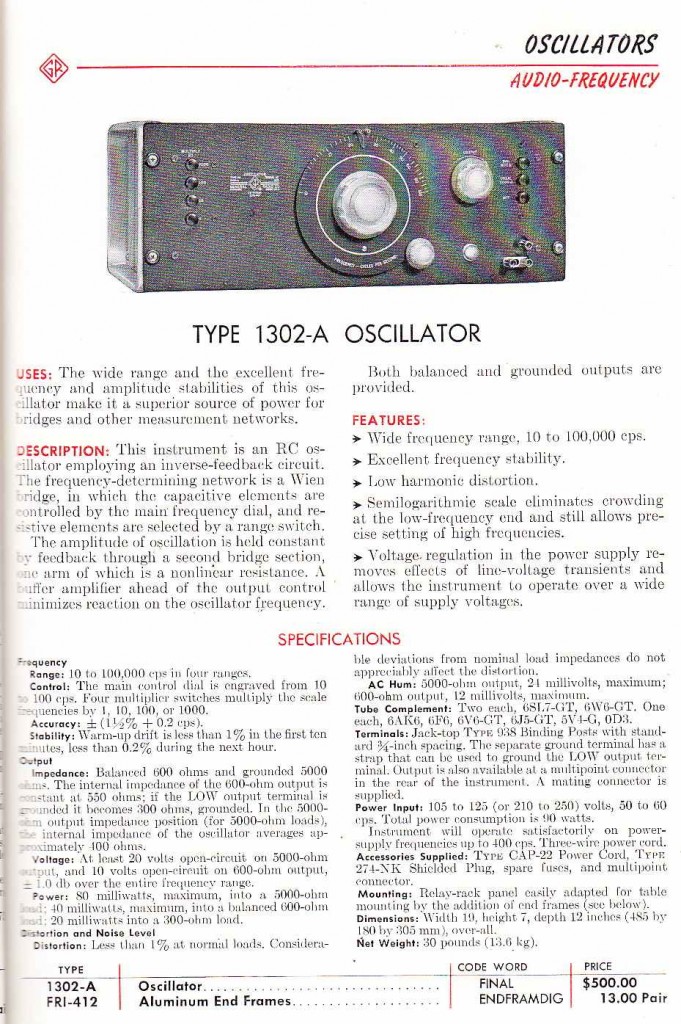
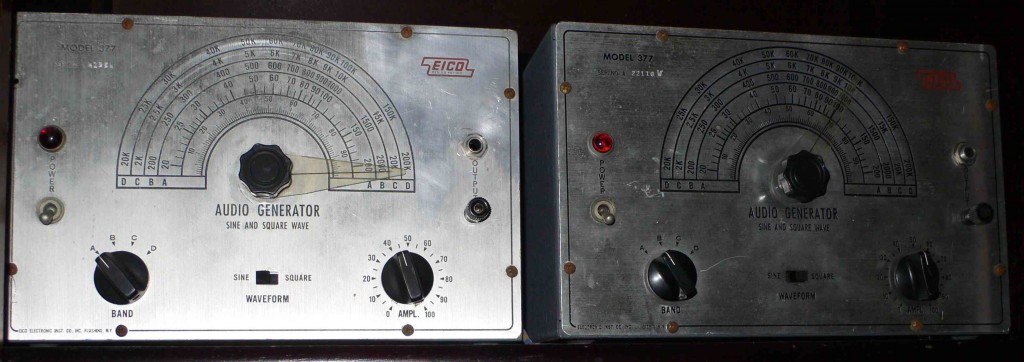
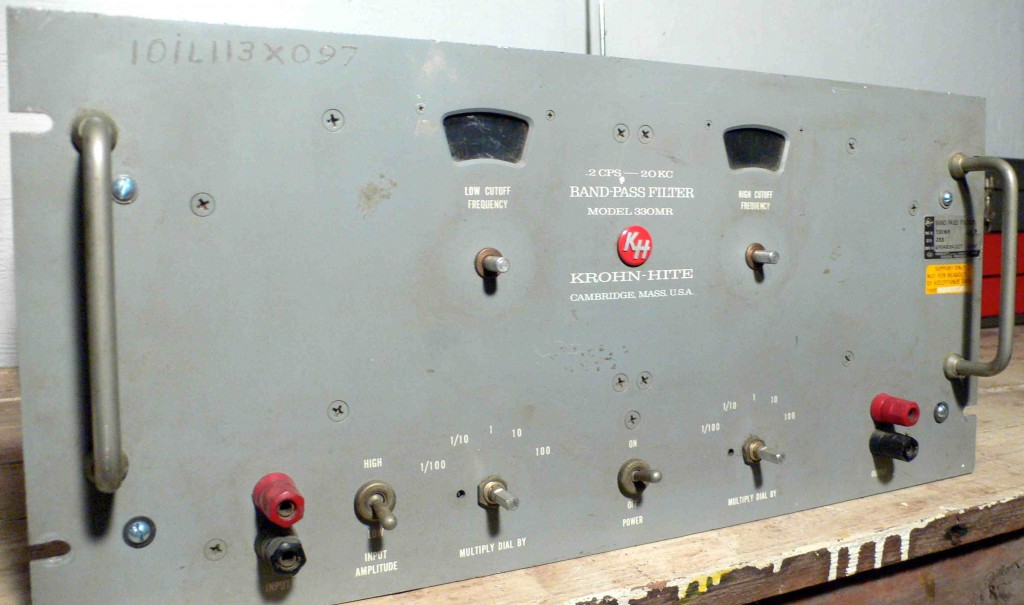
9 replies on “Early Electronic Music Technology: Part One”
Hey neat, I happen to have and use one of those Eico tone generators. Thanks for the awesome blog.
thanks man. yeah the EICOs work well. Hey BTW – to anyone reading these comments – check out this Jason’s site. i especially recommend the Phantom Power design that he recommends for vacuum tube-based power supplies- i have used it many times with great results. http://boozhoundlabs.com/phantom-power/
[…] Photo above: Robert Moog, taken from djproaudioinc.com Photo bellow: Moog, taken from Preservation Sound […]
What you’re missing is the power of the modular synthesizers over these individual units: modulating one EICO osc with another is not so easy, as is jumping up unusual intervals. Nor are creating envelope shapes in the pre-modular era, nearly no one did without audio faders. Moving the filters of the Krohn-Hite is a manual task, and impossible to do in the audio range, which is easy with modular synths.
I agree the music sounds different, and people made use of what they had, but it took forever to do one small set of sounds. Nothing much about the modular synths was “simplified” – it was just controlled much easier – it was designed for control and to interface easily – a huge step forward without much compromise. I enjoy your references and photos here, great stuff!
Thanks for writing in Brian. IF any of y’all have not checked out Brian’s book (http://www.recordingthebeatles.com/), I heartily suggest that you do – it sets a new standard for recording-equipment-research (and it’s incredibly well-designed as well). When are we going to get another book from ya Brian?
Hi – thanks! We did a second book of Beatles 1967 studio photos, and have spent about 4 years putting together another of a huge photo archive, coming soon!
Doing something more technical again (like RTB was) is more involved and I’m trying to get a few started. Ideally a book on the Capitol Records Tower is primary – but they have not approved it yet. And some more coming on historical synthesizer stuff eventually. Meanwhile, studio work and smaller projects for now…
Those old transformers have no place in new builds, not if someone else is paying for it. They fail a lot. If you have a tax ID you can buy guitar amp spares halfway reasonable.
Hi,
I own a tone generator from EdiSwan (Cooperation of Mr Edison and Mr Swan). Wich later became General Electric. This tone generator (full tube) is still working today and was a unit wich was from Philips Natlab. I can only imagine what that unit must have costed in it’s days. The unit can be found to be named in lots of early scientific studies.
The Stockhausen piece is spectacular. The effort required is mind-numbing (the same can be said for “Snowflakes Are Dancing”.
Great blog!